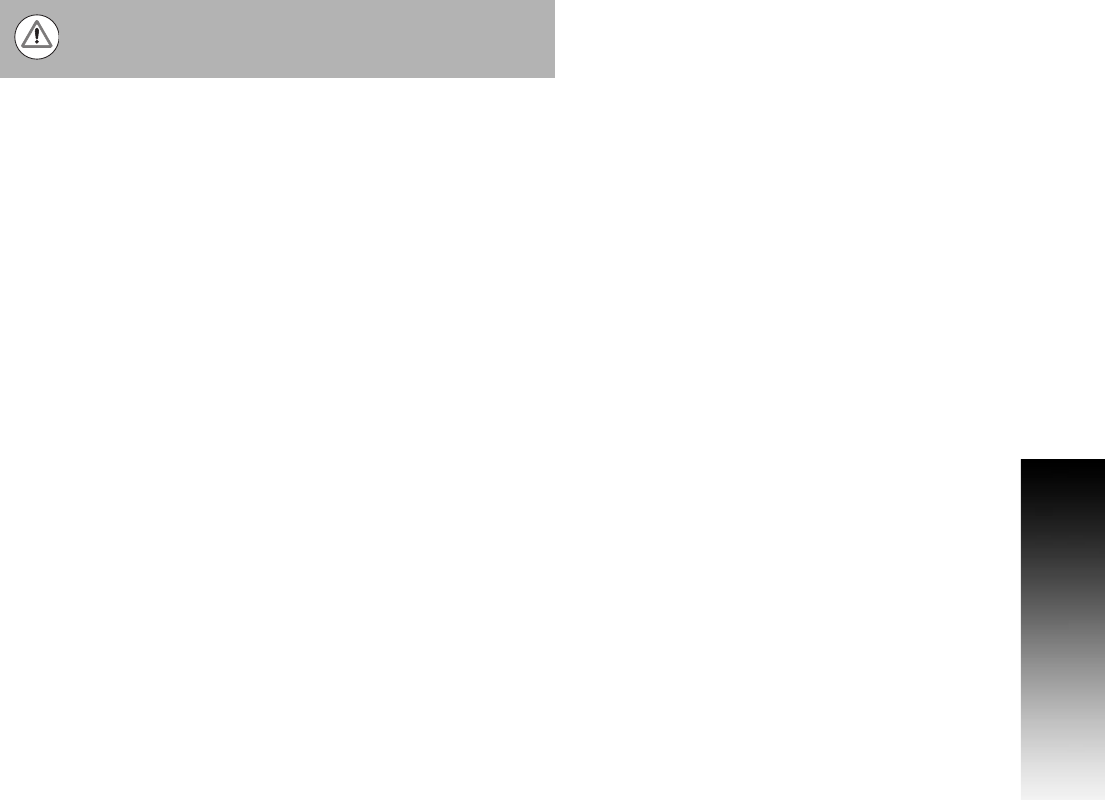Manual
Table Of Contents
- Controls of the 3500i
- Manual Information
- Introduction
- Machining Fundamentals
- Manual Data Input
- Tool Management
- 4.1 Tool Table
- 4.2 Tool Data
- Program Management
- Conversational Editing
- Programming: Canned Cycles, sub-programs
- 7.1 Explaining Basic Cycles
- Round/Chamfer
- Rapid
- Line
- Arc
- Dwell:
- Plane Selection
- Reference Point Return:
- Fixture Offset (Work Coordinate System Select):
- Unit (Inch/MM)
- Dimension (Abs/Inc)
- Absolute Zero Set
- Block Form
- Temporary Path Tolerance
- System Data
- FeedRate
- FeedRate (4th-Axis)
- Spindle RPM
- M - Functions
- Tool Definition and Activation
- Repeat Blocks
- 7.2 Canned Cycles
- 7.3 Probing Cycles
- 7.4 Sub-programs
- 7.1 Explaining Basic Cycles
- Drawing Programs
- Running a Program on the Machine
- CAM: Programming
- 10.1 CAM Programming
- CAM Mode
- Recommended CAM Programming Sequence
- CAM Mode Mouse Operations
- CAM Mode Screen
- Activating CAM Mode
- Creating a New Program
- Tool Path Data Input
- Quick Coordinate Entry
- Job Setup: Basic tab
- Job Setup: Advanced tab
- Comment Tab
- Block Form: Basic tab
- Comment Tab
- Drilling Cycle:
- Drilling dialogue:
- Mill Cycle
- Pocket Cycle
- Pocket Finish Cycles
- Engraving Cycle
- Program Directive
- Modifying Toolbar
- Viewing Tools
- CAM Mode buttons
- CAM Setup
- Geometry
- DXF Import Feature
- Modifying Tools
- Shapes
- Tool Table
- Tool Paths
- CAM Example 1
- CAM Example 2
- 10.1 CAM Programming
- G-Code Edit, Help, & Advanced Features
- 11.1 G-Code Program Editing
- 11.2 G-Code and M-Code Definitions
- 11.3 Edit Help
- 11.4 Advanced Programming
- SPEED
- M - Functions
- Order of Execution
- Programming Non-modal Exact Stop:
- In-Position Mode (Exact Stop Check):
- Contouring Mode (Cutting Mode) :
- Setting Stroke Limit:
- Return from Reference Point:
- Move Reference from Machine Datum:
- Modifiers
- Block Separators
- Tool Offset Modification
- Expressions and Functions
- System Variables
- User Variables
- Variable Programming (Parametric Programming)
- Probe Move (G31)
- Conditional Statements
- Short Form Addressing
- Logical and Comparative Terms
- File Inclusion
- 11.5 Four Axis Programming
- Software Update
- Off-Line Software

ACU-RITE 3500i 171
7. 2 C a n n e d C y c l e s
Pocket Cycles
Pocketing cycles eliminate extensive programming. One block of
programming mills out the described pocket.
Activate a tool before programming a pocket cycle. All pockets use
the current tool diameter from the Tool Table. When using a course
tool for roughing passes, the course tool must be defined in the Tool
Table.
XY positioning may be necessary prior to programming a pocket
cycle.
Always check that tool-to-corner radii do not conflict.
Z and P dimensions are absolute.
Alarm messages occur if the CNC detects program errors.
Pocket cycles use "built-in" tool diameter compensation.
Stock variable is not permitted and is ignored.
Pocket Cycle Overview:
The tool StepOver value must be equal to or less than the tool
radius.
Roughing and Finishing passes are climb mill (CCW) by default, but
can be changed to conventional mill (CW) using the Direction
parameter.
A finish pass of only side stock will cut the entire ZDepth, unless a
negative DepthCut is specified, which will indicate to finish the side
walls in multiple steps down.
Pocket cycles allow specification of a coarse roughing tool, and to
allow skipping of a roughing pass. The coarse tool allows multiple
roughing passes to be taken.
Mount a smaller tool prior to running the roughing cycle again.
Subsequent roughing passes only remove material left over by the
previous roughing pass. Skipping a roughing pass allows the use of
just the finish pass.
Pocket cycles with the exception of Frame allow the use of finish
cycles. Bottom Finish and Side Finish enable the user to mount
another tool and then remove finish stock by calling the appropriate
finish cycle.
To leave finish stock during the pocket cycles to be removed with
later finish passes, select the option "Yes" for the SkipFinish
parameter. This will leave finish stock but not remove it.
Pocket cycles with the exception of Frame allow the use of island
definitions using the island command.
Please refer to the Islands section for a detailed description of its
usage.
When you cut one pocket inside another, make sure to set
P above the highest pocket. At the end of each pocket, the
tool rapids to P and then rapids to the start position.










